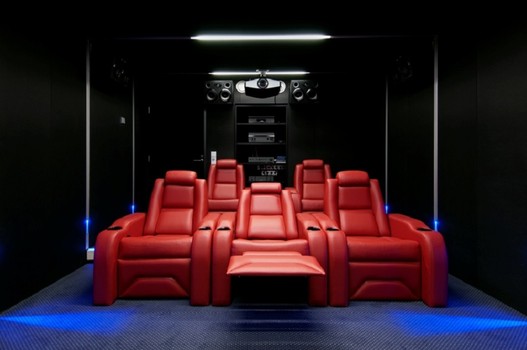It’s hard to believe that over half a century ago, we were first introduced the enormous and clunky box called a television set. Your grandparents can tell you that when they first started watching TV, pictures were black and white and sound was very controlled—none of this 7.1 surround sound miracle. Television was also very conventional in its content, with family oriented programming and news dominating the early years.
But as our world changed, so did the shows and so did the technology. Video Cassette Recorders were the next revolution and as recently as the late 1970s, no one was recording anything. Television was simply aired live, or prerecorded, with only the networks holding the footage. This explains why some shows and even more movies were lost forever over time.
Newer technology in the 1990s and 2000 eras have dramatically changed how we view TV, how we react to TV, and how networks, studios and affiliates broadcast movies to us. Perhaps the most significant change is how many moviegoers don’t even go to the movies anymore, and if they do, it takes something of tremendous accomplishment—like another Star Wars movie or Marvel Comics crossover.
The home theater has now given households more advantage over the movies, thanks to its pause, rewind and stop features, using digital video recording technology.
Blu-Rays and high-def television now let us see big, colorful and crisp images moving in real time. The surround sound feature lets us hear sounds, dialog and effects realistically, turning the room into an even greater entertainment feature than a movie theater. (Believe it or not some movie theaters still don’t even have 7.1 surround sound; Toy Story 3 was the first film released to have 7.1 audio, so Hollywood has just now caught up with the technology)
Home theater companies, such as Elite Home Theater Seating, make home theater chairs and couches, complete with reclining mechanisms, snack holders, arm rests and leg rests. Home viewers can literally have a better experience in the privacy of their own home than at the movies, which don’t pause the film, don’t have the snacks you like best, and don’t have the complete silence you crave.
Perhaps an even greater trend is how online companies like Netflix, Amazon and Hulu are streaming movies and series directly to home viewers. Not only do they have original programming, but they can now broadcast movies that were formerly at the theater in a number of months. The viewer now has all control. He or she can simply say, “I’ll wait for it to come on TV.” Not merely come on video but come to TV. The viewer literally doesn’t have to do anything but click buttons on their Internet-ready television.
Indeed, the Internet and digital technology have changed the entire way studios have approached filmmaking and distribution. Social media is also a major trend that can be threatening or supportive of new films—word of mouth spreads quickly and worldwide at a pace never available before.
Now if only they could figure out a way to stop piracy…














